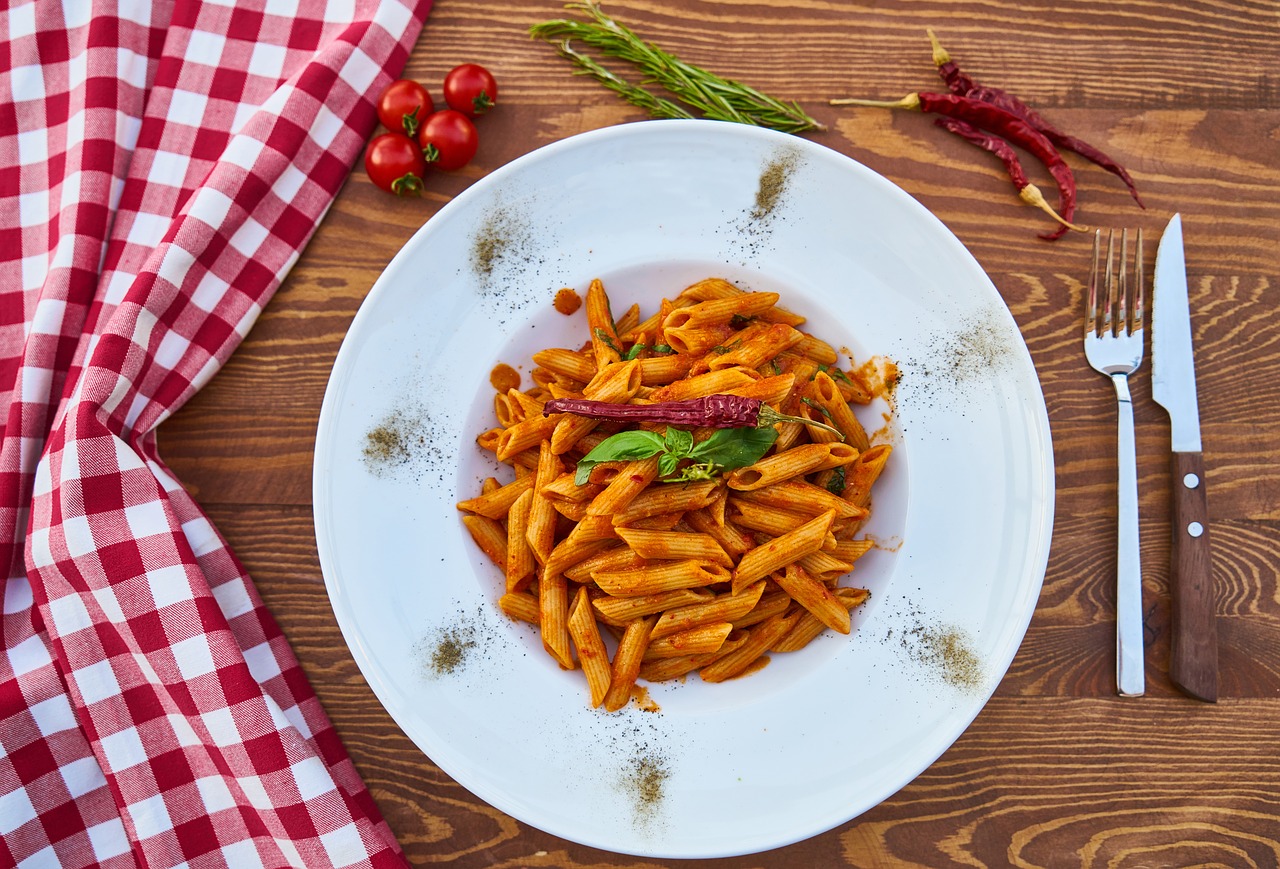Plated food and a smartphone camera go hand in hand. No foodie on the planet would think of going to a bistro or restaurant without maximum battery life on their smartphone. Taking photos of our food may seem odd to some, but for the true foodie, it didn’t happen if you didn’t take a photo.
By creating a digital food log of the food you consume, you’re creating a log of memories you’ve experienced in the culinary world. And a trusty smartphone can make all that happen. Modern smartphone cameras are equipped with some excellent photographing abilities, giving imagery that vibrant, eye-catching and engaging quality to attract any Instagram user; but is it all thanks to the camera? What about the photographer?
Most food shots are taken with smartphones, but although your phone plays a vital role in the delivery of a photo; there are some great tips every smartphone photography user should follow when food is their subject:
Let’s start with lighting
Whenever possible, natural lighting is always recommended and preferred. Smartphones perform far better when the lighting on the subject is of a natural source. Artificial lighting can cause colour alterations on your food imagery.
Imagine taking a photo of a spaghetti carbonara in dull lighting – no pop; no colour; no true expression of the creamy pasta dish. No matter how tasty your food and how well you caption your shots, a picture speaks a thousand words.
Top tip: take your plated food to a window where natural light will brighten the natural colours in your dish.
Up next; angles
Finding the right angle for your towering burger meal might prove to be a problem. Always remember the basics of photography to give your imagery that professional feel. Taking a photo from a lower angle; pointing your lens upwards towards your food could create an elongated effect. Making your burger, or other tall food order look bigger and more inviting.
Top shots are big in the food photography industry. Finding the right lighting and positioning your camera to capture a full table shot creates engaging shots; highlighting not only the food but the experience too.
Top tip: don’t settle for one great shot, take photos from different angles – this is a great time to play with your food!
Now… time for some grid work
Composition is a photographer’s number one skill. Finding the right way to balance out the field of your shot will instantly help you capture better shots. Filling negative space with exciting elements, choosing your focal point and reducing the feeling of claustrophobia in your shots will draw more viewers in, urging them to like your shots and increase your social media presence.
The Rule of Thirds is a basic photography skill that improves imagery composition and balance. This system divides your image into 9 sections – a grid – that can be set as a feature and guideline on your smartphone camera. This puts things into perspective.
Top tip: don’t be scared to break away from the Rule of Thirds if you see a better shot through your lense. Experiment!
It’s time for styling
Styling and food photography… opinions here fly in both ways; for and against. Some more stylised platforms such as glossy food magazines and recipe websites call for a more professional, highly stylized plating technique – in other words a restaurant-worthy dish. But Instagram photography is all about engagement.
While a perfectly fried sunny-side-up egg sitting on a slice of avocado toast with a freshly brewed cappuccino will perform well with magazine-based audiences, the Instagram hungry foodies would much prefer a shot of the very same egg dripping at the yolk.
Top tip: plates, cutlery and other props could be a great addition to a properly styled shot for your target market.
And lastly… editing
Post production is one of the expected techniques applied to any form of photography. Whether its a slight Instagram or third-party app edit or a full-on Photoshop and Lightroom edit, food photography is usually edited slightly to help colours in a dish pop and create interest with its consumers.
Finding the balance between your style of photography, editing techniques and focus on the subject being photographed will lead you to the perfect food shot worthy of billboard-status.
Top tip: Don’t over edit your food shots; the natural feel of any plate of food is more realistic than the overexposed and highlighted pizza any day.
All you need to do now is head down to your favourite eatery, with a fully charged smartphone and a big appetite!

